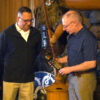Minnesota National Guard partners with FBI, local tribe, fire marshal, training to protect communities
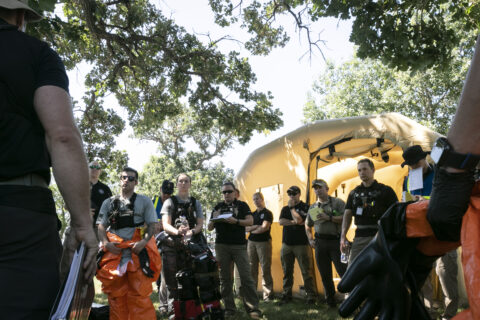
August 3, 2022 (SHAKOPEE, Minn.) — The Minnesota National Guard’s St. Paul-based, 55th Civil Support Team partnered with the Shakopee Mdewakanton Sioux Community Department of Public Safety, the FBI’s Minneapolis Hazardous Evidence Response Team, and Minnesota’s State Fire Marshall during a field training exercise near Shakopee, August 3, 2022.
It is important for the joint Army and Air Force unit to train with interagency partners to better understand the needs and capabilities of other agencies.
“It’s invaluable to us to have those types of partnerships,” said Army 1st Sgt. Matthew Sandin, the 55th CST’s first sergeant, and the exercise’s site safety officer. “It’s cliché, but you don’t want to be introducing yourself at a real incident.”
The 55th Civil Support Team responds to emergencies involving the use or threatened use of weapons of mass destruction, terrorist attack, or threatened terrorist attacks that could result in a catastrophic loss of life or property. Additionally, they can respond to the release of nuclear, biological, radiological, or toxic or poisonous chemicals.
During a real-life scenario, an incident’s commander will request the CST if their team lacks the capabilities or resources to respond. During this exercise, the SMSC department of public safety simulated requesting the CST for an incident on tribal land.
“The first thing we do is link up with the requesting agency and get their incident commander’s objectives,” said Sandin. “That’s what we need to start developing our response plan.”
The team quickly got to work setting up a technical decontamination line and an emergency decontamination area. These areas provide a safe place for anyone returning from a hot zone or contaminated structure.
Even though the CST has partnered with the tribe before, the event offered new knowledge to all agencies involved.
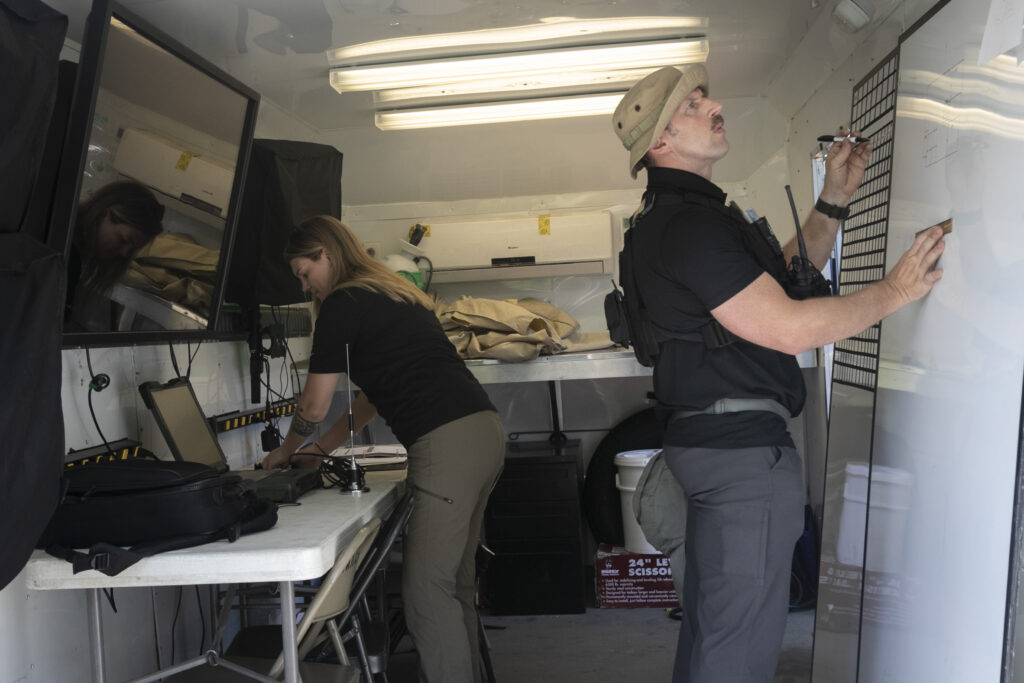
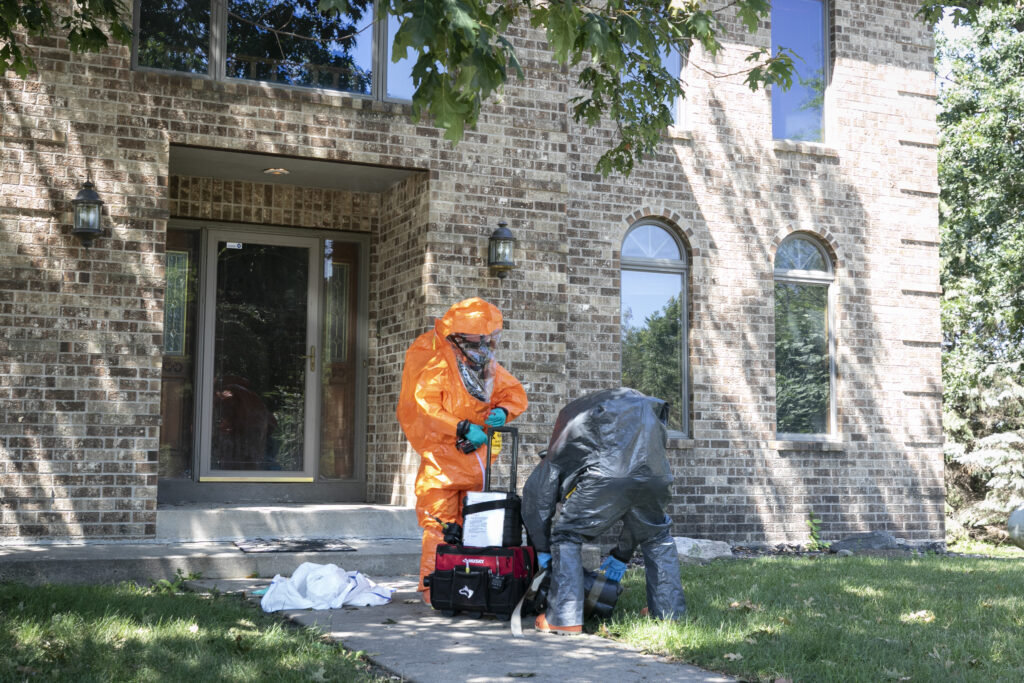
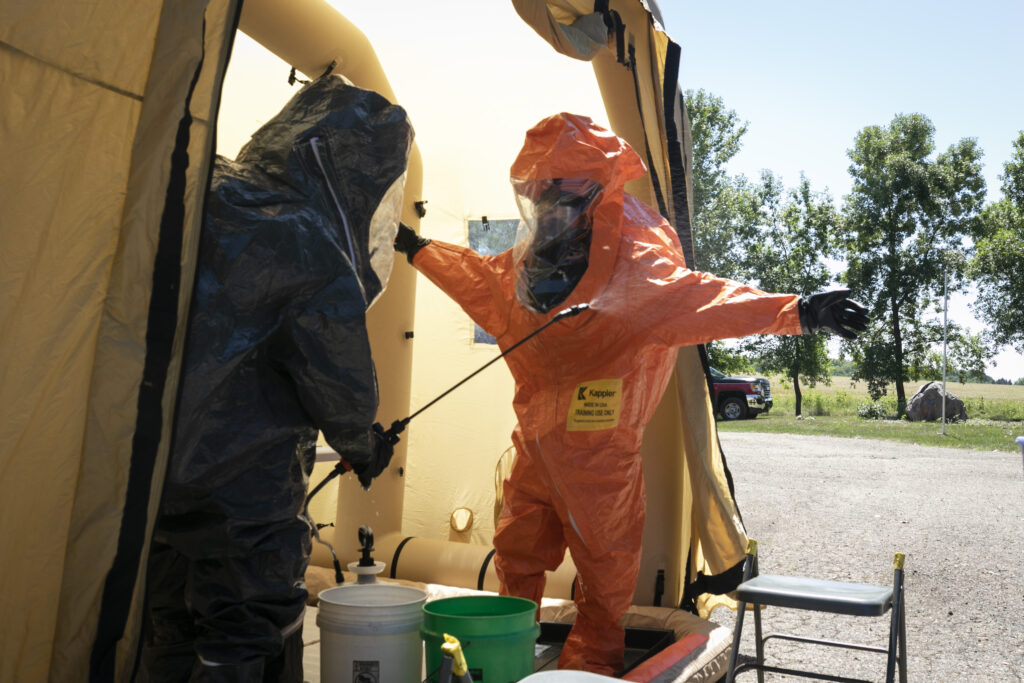
“I was not aware of the number of resources that are available to us and how quickly they could respond to an incident,” said SMSC Public Safety Shift Captain, Capt. Ken Deja. “It was interesting to see the footprint that they have, meaning the amount of equipment and people that they bring.”
Once the ‘footprint’ was set up, the team began working together like an orchestrated symphony ; the service members knew the mission and the interagency partners took a step back to allow the CST to accomplish it.
“This brings value for both of us to strengthen our understanding of each team’s capabilities,” said Special Agent Uri Rosenwald, of the FBI’s Minneapolis Hazardous Evidence Response Team. “Ultimately every single time that we work with the CSTs, we are able to refine both teams’ practices and how to address and solve issues at a weapons of mass destruction crime scene.”
Staff Sgt. Mahsima Alkamooneh
Minnesota National Guard Public Affairs


